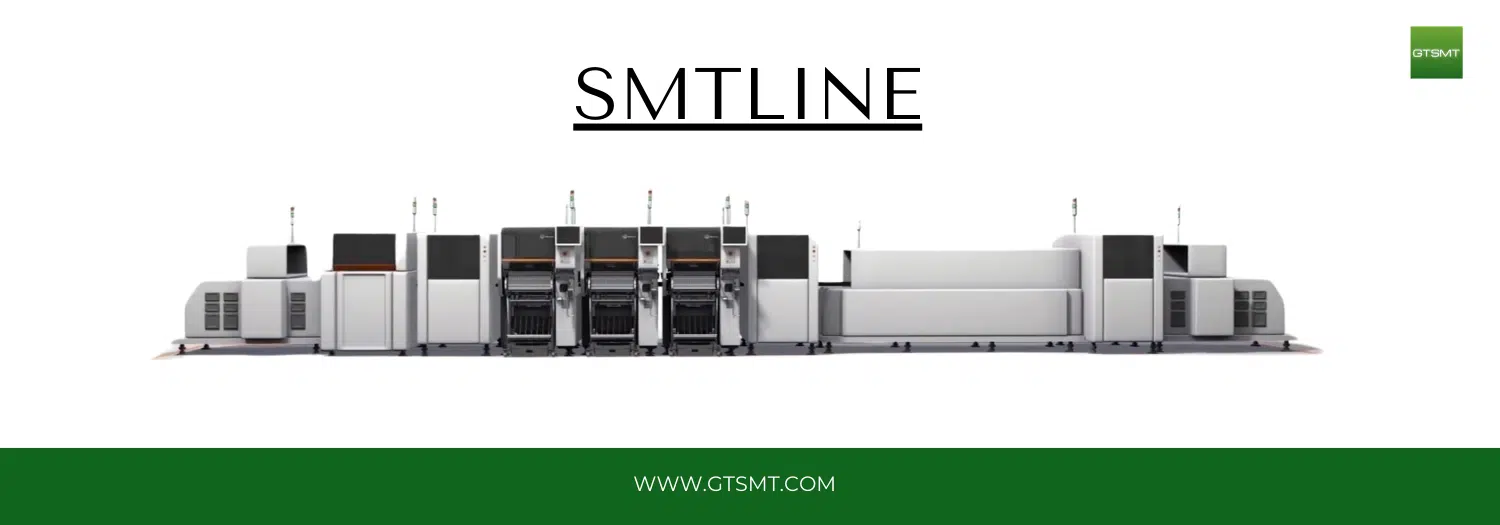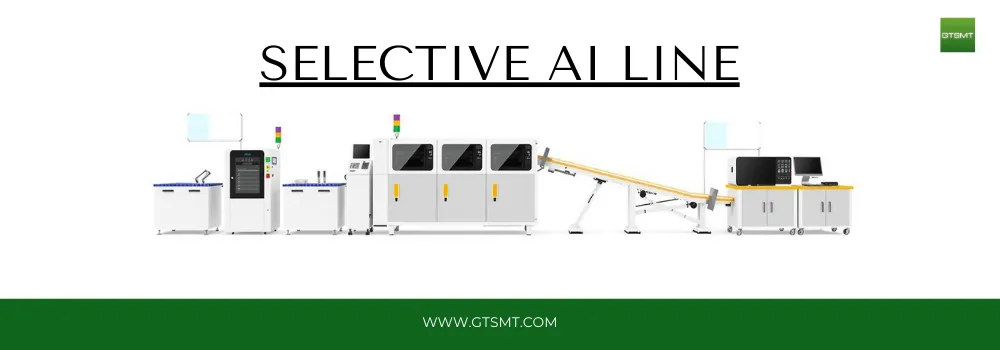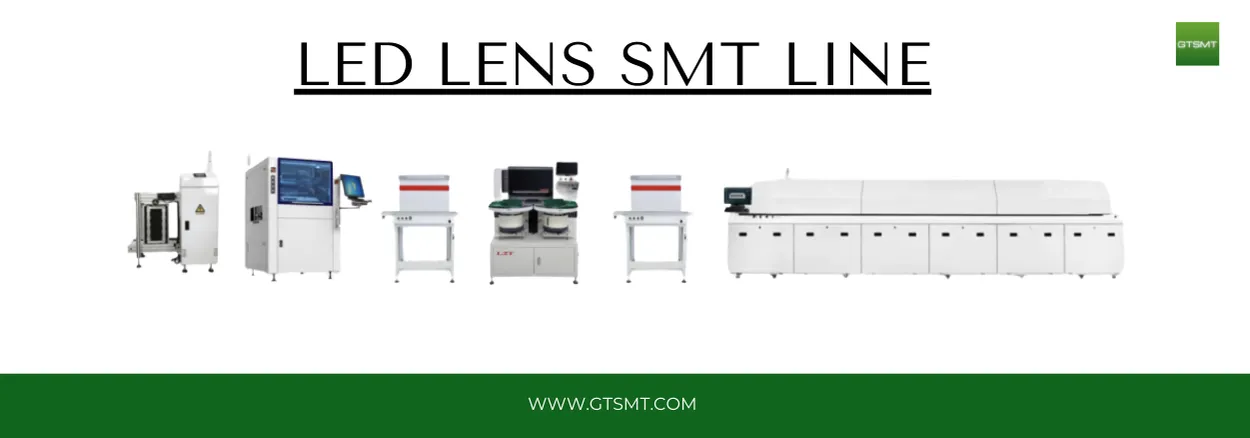Top industry reflow oven for the pcb assembly 2024
Reflow Oven Machines in PCB Board Soldering
The modern production of electronic devices involves soldering electronic components to the Printed Circuit Boards (PCBs). Reflow soldering refers to a special method of soldering, using a reflow oven machine, playing a high role in obtaining reliable connections for the surface-mount components (SMDs). This article will explore the history of reflow soldering, how the reflow oven was established, and some good information for those interested in purchasing this necessary equipment.
A Short History of Reflow Soldering
Reflow soldering represents the very idea of the technology itself, as old as time in terms of electronics. Wave soldering machines first appeared in the 1960s, when technology was applied from the dawn of electronics. Those machines used a wave of molten solder to create connections. By the beginning of the 1970s, other new SMD components required a more delicate soldering technique. Reflow soldering has been dominant in the attachment of SM components to PCBs. Moreover, reflow soldering is the leading method of SMD attachment.
What is a Reflow Soldering Machine?
A reflow oven machine is a precisely controlled heating chamber that sells SMDs onto PCBs. It normally comprises a belt that moves the PCBs inside it along several NESs with diverse temperature profiles. Normally, these profiles include preheating, soaking, and peak temperatures before the controlled cooling phase follows them. The solder oven ensures the paste melts at the right temperature, forming good and reliable electrical contacts between the SMD and the board’s pads.
Types of Reflow Ovens
Reflow ovens take different configurations with different production needs; thus, some common types are listed below:
Convention Reflow oven: is the most widely used type, utilizing forced hot air circulation to heat the PCBs
Infrared (IR) Reflow Oven: The IR oven uses focused infrared radiation for heating the PCBs and further shortens the heating time to a level much less than those of common types, demanding careful control not to obtain uneven heating.
Vapor phase reflow oven: this uses vaporized perfluorinated liquid (PFC) for even heat transfer and is therefore best for components that are temperature sensitive.
Specialized Reflow Oven
UV Reflow Oven: This oven is specifically manufactured in the cure of UV-curable adhesives. Eventually, the adhesives bond the estate components after soldering and help attach the state components.
Lead-Free Reflow Oven: This reflow oven is generally used for lead-free solder, whose melting point is high and requires more powerful heating than others.
Zones in a Reflow Oven
A typical reflow oven has multiple heating zones, each with its own temperature profile:
Preheat Zone: This zone steps up the temperature of the PCB and activates flux in the solder paste to evaporate any moisture.
Soak zone: The temperature is held at a constant value, allowing the flux to activate fully and guarantee that there is no thermal gradient to enable the even solder paste melting state.
Peak Zone: The temperature reaches its highest point, melting the solder paste and forming electrical connections.
Cooling Zone: The PCBs are gradually cooled down to solidify the solder joints and prevent component damage.
Nitrogen System in Reflow Ovens
Nitrogen uses an inert atmosphere to limit the formation of oxides on the soldering points, hence making strong and more reliable connections. It is, therefore, best suited for tin and lead-free solders since they are highly reactive to oxidation.
Temperature Control in Reflow Ovens
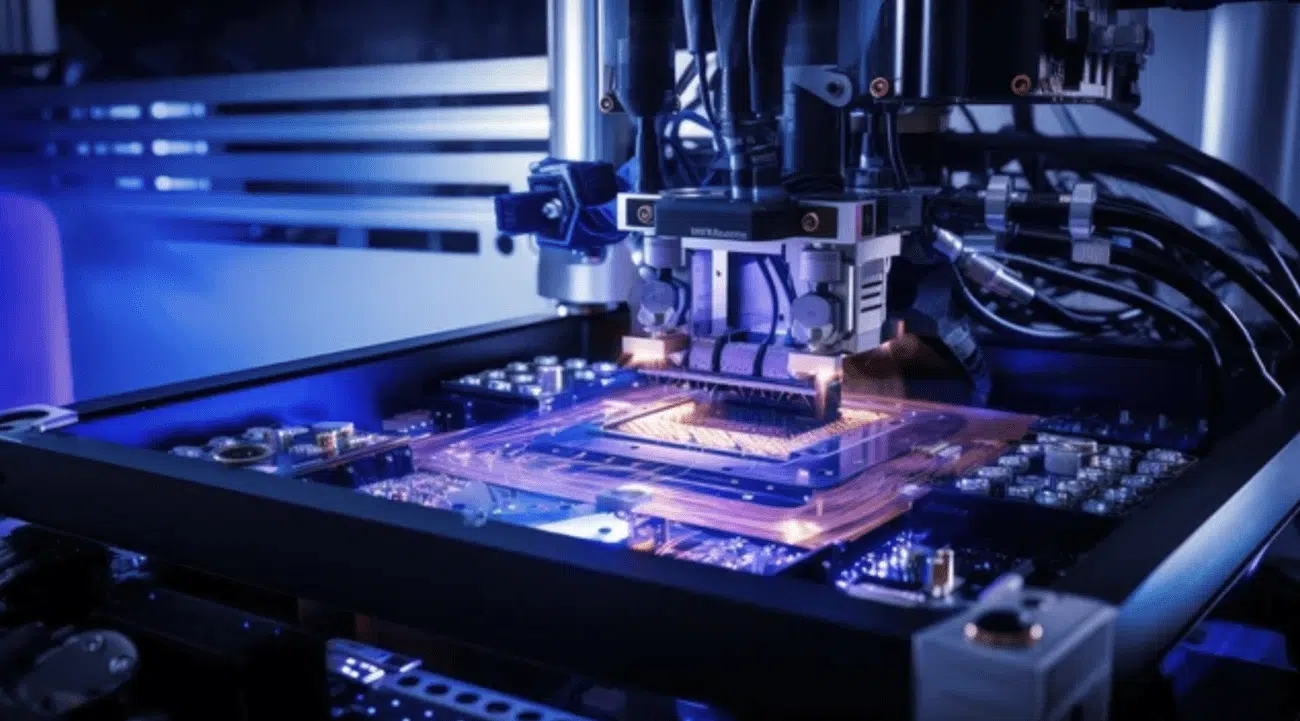
One important aspect of reflow soldering is accuracy in temperature control. Modern sensors and control systems help the reflow oven keep perfect temperature profiles in every zone. Even a small deviation from such a profile may cause soldering defects in bridging, voids, or head-in-pillow, leading to electric PCB’s cal performance and reliability problems of the flow Oven Suppliers.
The major companies that have claimed a good name for the reflow of films include Heller Industries, BTU International, Vitronics Soltec, and Rehm Thermal Systems. Such companies offer many models of reflow ovens, with price ranges and features that any electronics manufacturer in this world can be happy about.
Heller Industries: The Heller Industries company has been the leading development company in convection reflow soldering technology since 1960. It has made its largest presence globally as the supplier of thermal processing equipment for electronics assembly. Their reflow ovens present innovative heating systems, allowing perfect soldering quality and the highest throughput through strict control of temperature and flexible models of conveyors.
BTU International: The world’s top leader with sixty years of experience in thermal processing technology, BTU delivers high-quality in reflow soldering tools to the electronics industry. BTU International’s reflow ovens implement revolutionary heating technologies, from closed-loop convection to dual-lane conveyor systems to achieve the best soldering results and the highest productivity.
Vitronics Soltec: As a leading provider of soldering solutions,
We also have other leading manufacturers who offer high-quality reflow oven machines, like:
Ersa GmbH
Assembly Technologies (ASM)
Yamaha Motor Company
Mycronic AB
Cost of a Reflow Oven
Reflow ovens come at such costs that fluctuate from one extreme to another, depending on size, features, brand, and capability. While a rudimentary benchtop oven suitable for low volumes might start at about $5,000-75000$, a high-capacity oven designed to serve large manufacturers could quickly soar into six figures.
Choosing the Right Reflow Oven
Here are some key factors to consider when purchasing a reflow oven:
The selection of a suitable reflow oven for the application is due to various factors that would enable the reflow oven to perform well, be reliable, and prove to be an economical choice. The major parameters that need to be considered during the purchase of a reflow oven are:
Choosing the Right Reflow Oven
Production Volume: This will entail the determination of the desired throughput and the production volume; hence, the required production capacity will be ascertained by the speed of the conveyor, its size, and throughput capabilities so that a proper reflow oven can be established for the volume that will be produced.
PCB Size and Complexity: Consider the width, clearance, and zoning configurations of your reflow oven conveyor directly related to the size, shape, and density of the components on your PCBs.
Soldering Requirements: Some of the factors that need to be considered in soldering requirements include solder paste type, reflow profile, and component thermal sensitivity, which ensures the oven selected meets the soldering requirements as outlined.
Footprint and Layout: Assess the available floor space, facility layout, and integration requirements to select a reflow oven that fits seamlessly into your production environment and workflow.
Reliability and Support: Ensure that the reputation, track record, and customer-service capacity of the reflow oven supplier are in place to ensure reliable equipment performance and support its timely installation, maintenance, and troubleshooting if required.
Future expansion and up-gradation: The advanced expectation from the technologically equipped production operations shall be onboarding the already technologically advanced operations very soon. However, more investment on an upgradable option that is scalable and modular to change requirements over time.
Temperature Range: Select an oven with a temperature range suitable for the type of solder you will be using.
Features: Evaluate features like N2 compatibility, data logging capabilities, and user interface complexity
Having these factors at your fingertips, and with careful due diligence, it will be a more informed decision towards the purchase of the reflow oven that fits your production requirements under your budget and quality norms.
The Future of Reflow Ovens
The Future of Reflow Ovens
- As the electronics industry continues to evolve, reflow oven technology is also expected to advance. Here are some potential trends to watch:
- Improved automation: Integration of the automatic pick and place machines will further enhance the smooth process of PCB assembly.
- Better process control: Advanced software and sensor integration will ensure even better and more precise, repeatable reflow profiles, particularly in complex components.
- Energy Efficiency: development and innovation towards new heating technology that is energy efficient, aiming at reducing operational costs and impact on the environment.
Conclusion:
Reflow oven machines play a pivotal role in the soldering process of PCB boards, offering unparalleled accuracy, repeatability, and efficiency. Technology is advanced day by day, and that’s what ensures the fact that these machines remain an essential tool for results during the process of soldering in varied manufacturing applications.
A critical background into history, types, functionalities, top suppliers, considerations cost-wise, and purchasing factors of key products for an electronics manufacturer will ensure that its various departments make the most of the soldering process with better product quality for continued competition in an otherwise dynamic market environment. Whether it’s the situation of soldering small components to printed circuit boards densely populated with them or assembling an entire complex electronic assembly with high-performance cement, it’s the reflow ovens that provide precision, reliability, and flexibility—all of which bring the modern demands of electronics manufacturing to reality.

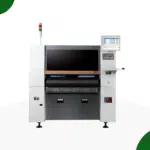 Pick and Place
Pick and Place
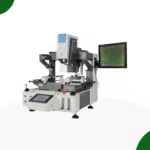 Rework Station
Rework Station
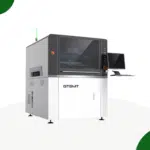 Solder Paste Printers
Solder Paste Printers
 Reflow Ovens
Reflow Ovens
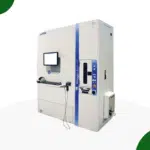 Reel Storage System
Reel Storage System
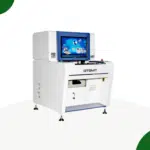 AOI & SPI INSPECTION
AOI & SPI INSPECTION
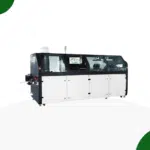 Soldering Machines
Soldering Machines
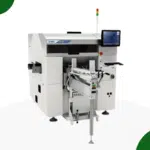 Insertion Machine
Insertion Machine
 X-ray inspection
X-ray inspection
 PCB Handeling
PCB Handeling
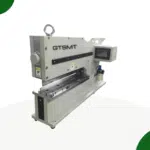 Depaneling Machine
Depaneling Machine
